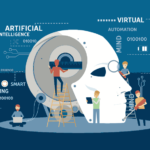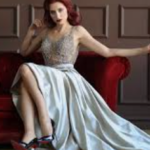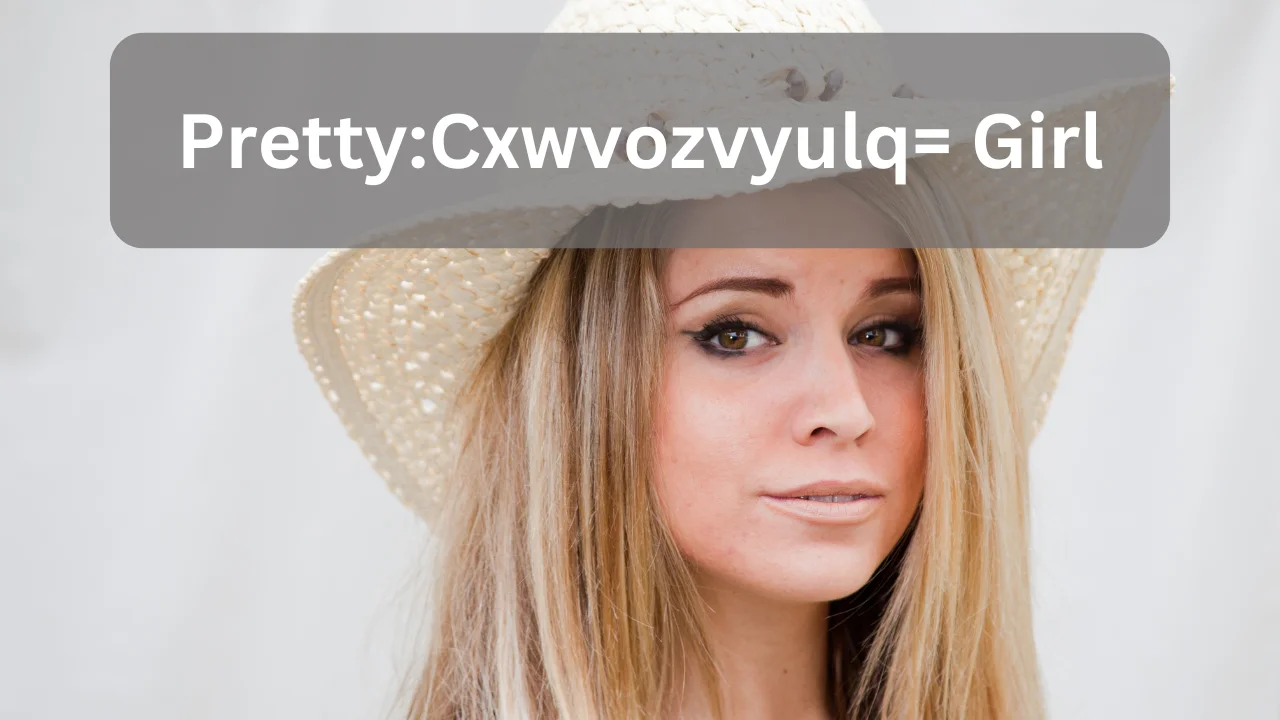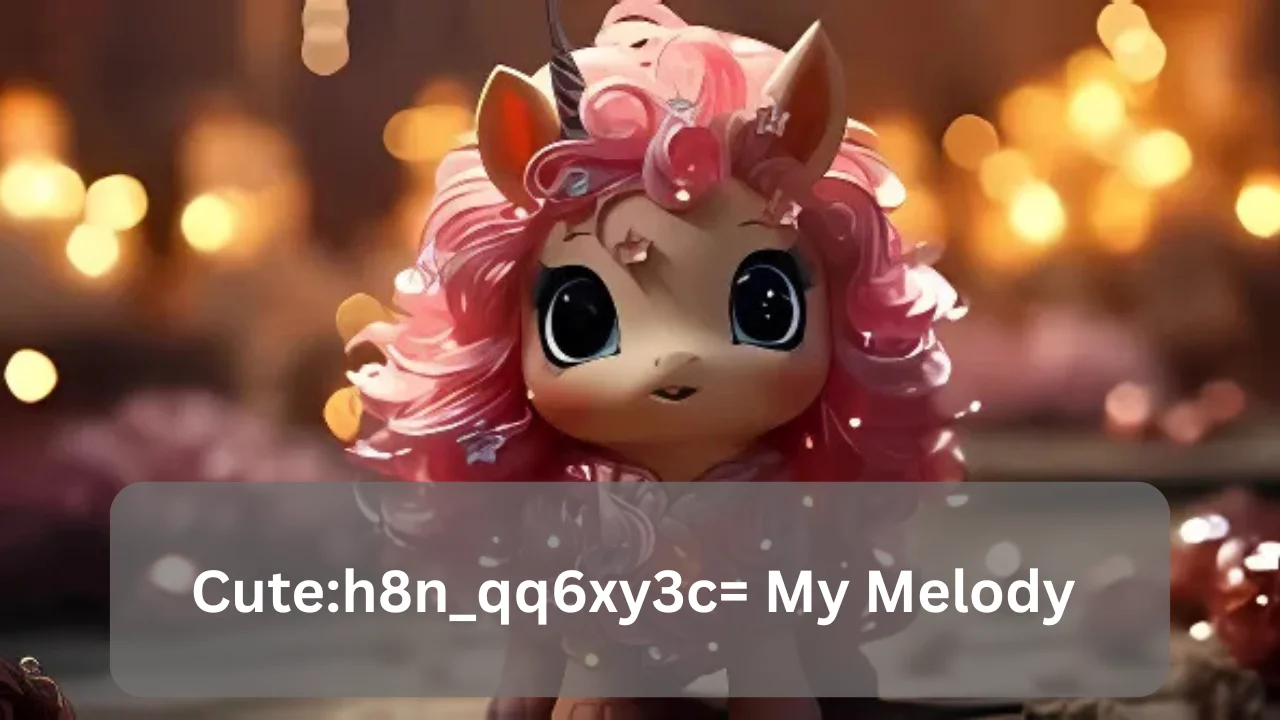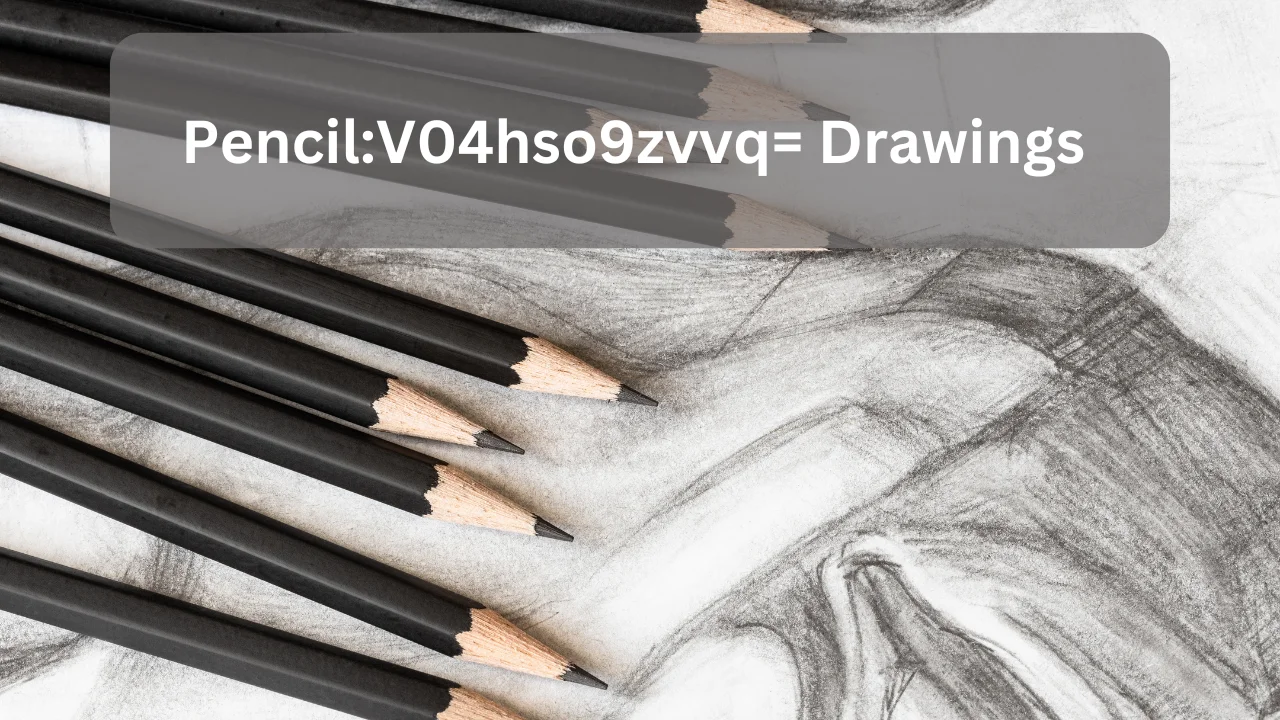Blending conventional views with cutting-edge technology, the idea of beauty has undergone a sea change in the dynamic digital world. Among the new concepts is the idea of a “Pretty:Cxwvozvyulq= Girl,” a term that combines the concepts of attractiveness, individuality, and the algorithm-driven nature of social media. The term “pretty” has expanded to include one’s online persona, one’s digital identity, and one’s physical appearance in today’s image-obsessed culture. But what does the context of “cxwvozvyulq=” mean exactly?
What is “Pretty:Cxwvozvyulq= Girl”?
It would appear that “Pretty:Cxwvozvyulq= Girl” reflects the way beauty is presented and consumed in the online world by fusing digital categorisation with beauty standards. Adding “cxwvozvyulq=” to the word “pretty” changes its meaning to an algorithmic or coded identifier commonly used in digital spaces, such as Instagram or TikTok, where the word has traditionally meant attractiveness. Together, they represent the coded beauty standard that has evolved in response to social media, content curation, and internet trends.
The “Pretty:Cxwvozvyulq= Girl” in this setting stands for both a physical ideal and an algorithmically constructed and classified digital identity.
The Evolution of Digital Beauty
As the power of digital platforms continues to rise, the content that is viewed online has a greater impact on what is considered beautiful. Everything from Instagram filters to TikTok trends is changing the definition of “beautiful” in the digital age.
By introducing the idea of a “Pretty:Cxwvozvyulq= Girl,” the internet provides new resources to supplement and improve upon conventional ideas of beauty. This begs the more general question: How has the concept of beauty changed in the era of technology?
Digital Beauty Identity
Curated Online Personas
People in the social media sphere present themselves to the world through carefully crafted profiles. By enhancing their features with filters, photo editing apps, and AR (augmented reality) tools, people can conform to or resist current beauty trends. By analysing their likes, shares, and comments, they create an avatar that conforms to the “pretty” standard set by algorithms. This carefully crafted persona frequently exaggerates particular attractiveness traits, highlighting characteristics that are in line with modern internet standards of beauty.
The Impact of Filters
A major factor in the transformation of beauty standards is the use of filters and digital enhancements. With the help of augmented reality (AR) filters, users can instantly alter their look by applying virtual makeup to enhance their features, altering their facial shape, or even adding artistic touches. In order to conform to both their own desires and the standards of society, the “Pretty:Cxwvozvyulq= Girl” frequently uses these platforms to showcase an idealised online persona.
Body Positivity and Inclusivity
Although filters can make people look more attractive, they also have the potential to create an unrealistic standard that people feel pressured to meet. On the other hand, the “Pretty:Cxwvozvyulq= Girl” personifies the expanding social movement that celebrates and embraces all body types. An increasingly diverse range of body types, skin tones, and ways of expressing self-love are being celebrated by brands and social media influencers in their increasingly inclusive beauty standards. This change questions the conventional definition of “pretty” by embracing a wider range of genuine beauty standards.
Beauty and Technology: A New Frontier
Augmented Reality and Virtual Try-Ons
Our relationship with aesthetics evolves in tandem with technological progress. People can try on different hairdos, cosmetics, and clothing looks in real time with augmented reality (AR) tools. The beauty landscape is now greatly influenced by virtual try-ons, which the “Pretty:Cxwvozvyulq= Girl” uses. You can try on different shades of lipstick or try on different hairstyles virtually with augmented reality experiences offered by companies like Sephora and L’Oréal.
The Rise of AI in Beauty Standards
From AI-driven content curation that dictates what is considered “pretty” to beauty apps that provide personalised skincare recommendations, AI is starting to shape beauty standards. By analysing features, trends, and social interactions, AI algorithms classify content in a manner that both mirrors and influences society’s perception of beauty. For the “Pretty:Cxwvozvyulq= Girl,” this means being shaped by a dynamic digital framework that affects how she looks and who she is.
Social Media and Beauty Trends
Influencers and Digital Beauty Icons
By establishing trends and defining digital beauty standards, social media influencers have become the public faces of contemporary beauty. These online beauty gurus can be a major influence on the “Pretty:Cxwvozvyulq= Girl” because of the millions of people who follow their tutorials, beauty product endorsements, and carefully curated lives. With the proliferation of beauty influencers, regular people now have a voice and an audience to express their individual style.
Viral Beauty Trends
What constitutes “pretty” nowadays is heavily influenced by viral beauty trends, such as glass skin and contouring. The “Pretty:Cxwvozvyulq= Girl” is always one step ahead of the curve when it comes to these fads, sporting the newest cosmetics and skincare products. Instagram and TikTok are leading the charge in popularising these trends, where specific standards of beauty are promoted through challenges and hashtags.
The Pressure to Conform
There is more freedom of expression on social media, but there is also more pressure to conform to unrealistic beauty standards. One unique challenge that the “Pretty:Cxwvozvyulq= Girl” encounters is finding a balance between expressing herself and conforming to the internet’s idealised beauty standard. As a result, people may start to feel inadequate or feel pressured to maintain an idealised self-image at all times.
Pretty Girl Trends in 2024
Minimalist Beauty
In 2024, the “Pretty:Cxwvozvyulq= Girl” is increasingly drawn to minimalist beauty, as an alternative to the heavily contoured and filtered styles of previous years. Understated beauty and simplicity are celebrated in this trend, which emphasises glowing skin and natural features. To achieve the “effortless beauty” look, skincare is essential, and makeup routines focus on enhancing rather than transforming.
Bold, Expressive Fashion
Contrary to the current trend towards understated beauty standards, the “Pretty:Cxwvozvyulq= Girl” is all about expressing herself through her clothing. The current trend reflects a more carefree and unique approach to personal style, with bold combinations, bright colours, and distinctive patterns being the norm. The changing digital beauty scene is being complemented by this trend towards fashion as an expression of self.
Inclusivity in Fashion and Beauty
Diversity and inclusion in the beauty and fashion industries are also significant trends. More and more brands are showcasing models of diverse sizes, races, and abilities, showcasing the “Pretty:Cxwvozvyulq= Girl” embracing diversity. With this movement towards representation, the definition of “pretty” has shifted from a universally applicable standard to one that is more inclusive and genuine.
Frequently Asked Questions
What Does “cxwvozvyulq=” Mean in the Context of Beauty?
“cxwvozvyulq=” represents a coded or algorithmic identifier used to categorize or tag beauty content online. It reflects the digital categorization of beauty standards shaped by algorithms and social media trends.
How Is “Pretty” Defined in the Digital World?
In the digital world, “pretty” is no longer just about physical appearance. It encompasses a curated online persona shaped by filters, trends, and personal expression, as well as the societal pressures of maintaining an idealized version of oneself.
How Do Social Media Filters Affect Beauty Standards?
Filters allow individuals to enhance their appearance digitally, often creating unrealistic beauty standards. While they offer creative expression, they also contribute to the pressure of conforming to an idealized version of beauty.
What Role Does Inclusivity Play in Modern Beauty Standards?
Inclusivity is at the forefront of modern beauty standards, with a growing emphasis on representing diverse body types, skin tones, and abilities. This trend challenges traditional ideals and promotes a broader, more authentic definition of beauty.
How Is Technology Shaping the Future of Beauty?
Technology, particularly augmented reality and artificial intelligence, is reshaping how we interact with beauty. Virtual try-ons, AI-driven recommendations, and personalized beauty experiences are transforming the industry, allowing for more experimentation and customization.
Also Read: Clipart:t4h-x66pih4= Turkey Pictures
Conclusion
Finally, the idea of “Pretty:Cxwvozvyulq= Girl” brings attention to how conventional ideas of beauty interact with the dynamic digital landscape. This persona embodies the multifaceted nature of modern beauty as it is shaped by tech like social media, AR, and AI. As we move through this dynamic environment, the “Pretty:Cxwvozvyulq= Girl” stands for the digital age’s demands and opportunities for individual expression.
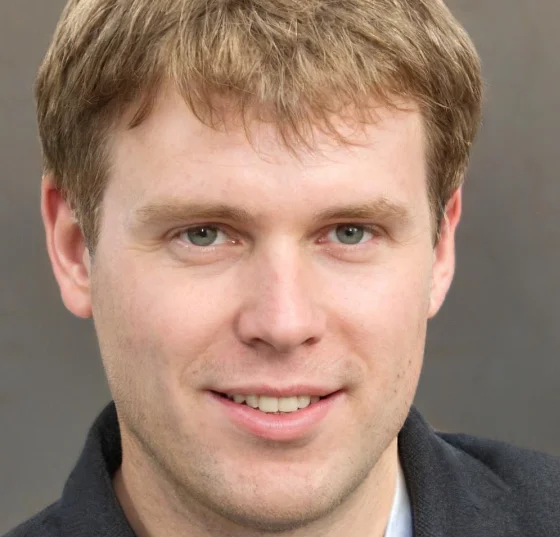
Stephen Norman is a skilled and accomplished writer known for his versatility across numerous niches. He consistently delivers insightful and engaging content in various fields. Stephen’s extensive experience and profound expertise make him a highly sought-after author in the digital writing sphere.

